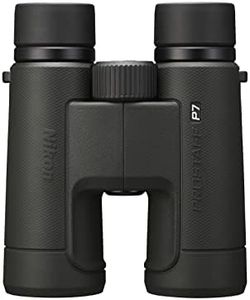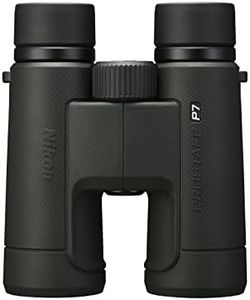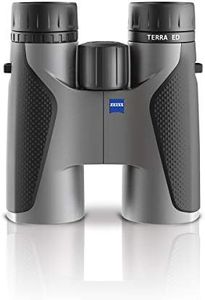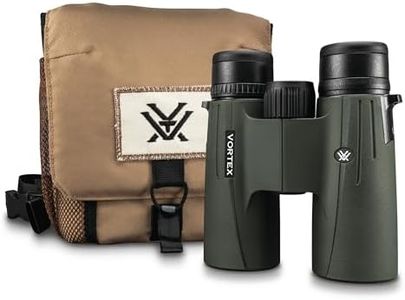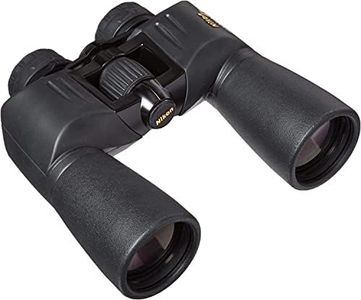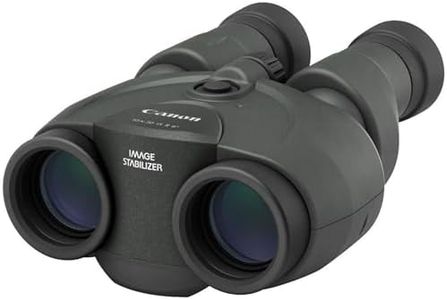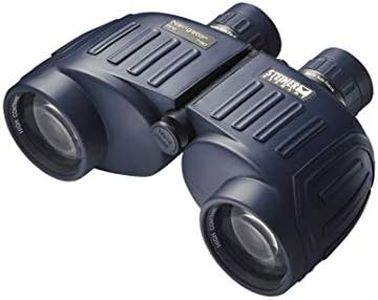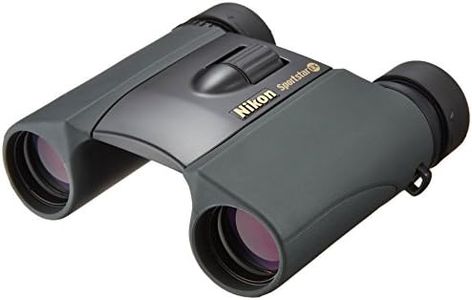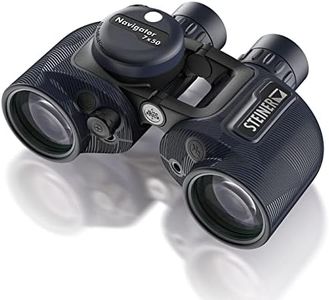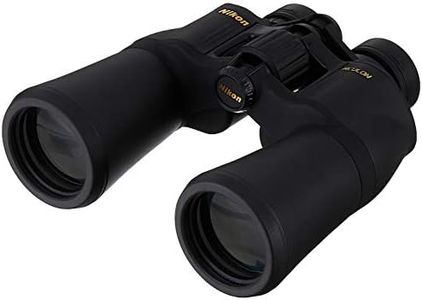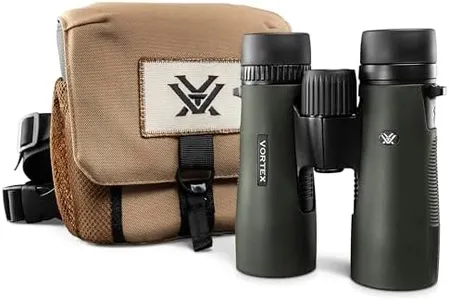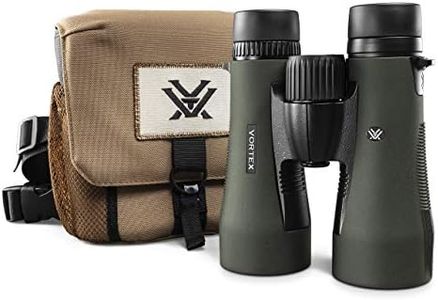We Use CookiesWe use cookies to enhance the security, performance,
functionality and for analytical and promotional activities. By continuing to browse this site you
are agreeing to our privacy policy
10 Best Sports Binoculars
From leading brands and best sellers available on the web.Buying Guide for the Best Sports Binoculars
When choosing sports binoculars, your main goal is to find a tool that helps you view distant activities with clarity and comfort for extended periods. Sports environments often involve fast action, variable lighting, and lots of movement, so the right binoculars make all the difference. Understanding the various specifications allows you to pick the right balance between image quality, portability, and ease of use. Consider where, when, and how you’ll use the binoculars most often, as this should guide your decisions about size, magnification, and other features.Magnification and Objective Lens DiameterMagnification tells you how many times closer the binoculars make objects appear, while the objective lens diameter (measured in millimeters) is the size of the front lens and determines how much light the binoculars can gather. You’ll see binoculars labeled like 8x32 or 10x42, where the first number is magnification and the second is lens diameter. Higher magnification (like 10x) makes images seem closer, but can be harder to steady and track fast movement; lower magnification (like 7x or 8x) offers a wider field of view, which is helpful for following sports action. A larger lens diameter lets in more light for brighter images, which is useful in low-light settings, but also makes binoculars heavier. For sports events, a moderate magnification (7x to 10x) and an objective lens between 25mm and 42mm usually balances image clarity with ease of use and portability.
Field of ViewThe field of view describes how wide an area you can see through the binoculars, usually measured in feet at 1,000 yards or meters at 1,000 meters. A wider field of view is better for sports because it lets you track players or action as they move across the field without losing sight of them. High magnification narrows the field of view, while lower magnification widens it. For fast-moving sports or events with a large playing area, look for binoculars with a field of view around 300 feet or more at 1,000 yards. If you mainly watch stationary subjects, a narrower field may be acceptable.
Eye ReliefEye relief refers to the distance you can hold the binoculars from your eyes and still see the full image. It’s especially important if you wear glasses, as glasses push the bins further from your face. Longer eye relief (over 15mm) is more comfortable for glasses wearers and for extended viewing sessions. Even if you don’t wear glasses, adequate eye relief prevents eye strain during long games or tournaments, so consider this spec if you value comfort.
Size and WeightThe size and weight of your binoculars affect how easy they are to carry and handle. Compact binoculars are lightweight and easy to pack, which is excellent if you’ll be walking around stadiums or carrying them all day, but might sacrifice brightness or comfort. Full-sized binoculars can provide brighter images and be more comfortable to hold steady, but can feel heavy over time. If portability is most important, go for compacts; if image quality and comfort matter more, a medium or full size may be better for you.
Water and Fog ResistanceSports events can happen in all kinds of weather, so water and fog resistance help protect your binoculars from rain, humidity, and sudden temperature changes, ensuring clear viewing. Look for binoculars labeled as water-resistant or waterproof if you’ll be outside or in unpredictable weather. If you usually watch sports indoors, this may be less important, but for outdoor enthusiasts, it’s a key feature for durability.
Focus MechanismHow you adjust the focus is crucial, especially during fast-paced action. Most binoculars use a central focusing wheel and sometimes an independent adjustment for one eyepiece (diopter). Quick, smooth focus is important for following the action in sports, so pick a mechanism that feels comfortable and responds quickly to your adjustments. If you move between different distances often, a fast-focusing system can help you keep up with the game.

